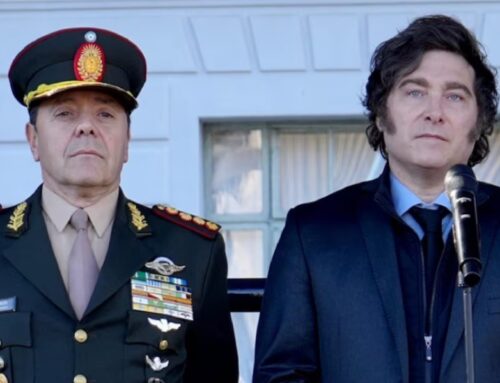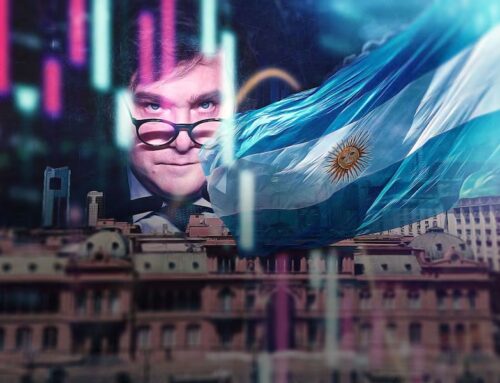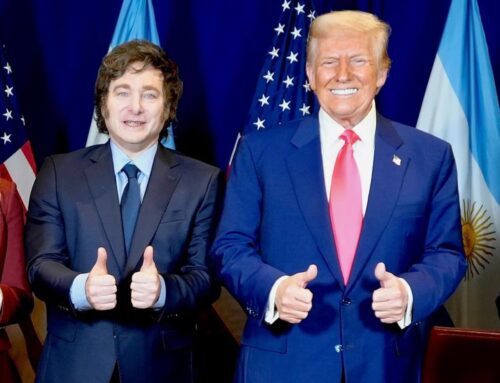The President and his sister have been closely involved in designing the security operation. Yesterday, Santiago Caputo, along with intelligence chiefs, received Bullrich to assess the situation. Meanwhile, the government continues to monitor the Congress debate on the IMF agreement.
As with last Wednesday’s protest, the government is carefully—but discreetly—monitoring the preparations for today’s demonstration against the administration. The so-called “iron triangle” is overseeing the security operation led by Security Minister Patricia Bullrich.
By midday, Karina Milei received Bullrich at Casa Rosada, alongside the head of the Military House, Sebastián Ibáñez, to review security measures.
Increased Security Measures
The Federal Police, in coordination with the Military House, set up barricades around Casa Rosada, particularly near Reconquista Street, about 100 meters from the government headquarters. Authorities fear that, like last week, protesters could gather near Balcarce 50, with the risk of violent incidents, such as the stone-throwing at the memorial for pandemic victims in Plaza de Mayo.
Following criticism from the opposition regarding the police response to violent groups last week, Milei has not only defended the security operation but has also reinforced Bullrich’s decision-making power. However, this time, the President has taken a more hands-on approach to coordination.
Yesterday, Santiago Caputo, Milei’s closest advisor, called a meeting at Casa Rosada with Bullrich and the heads of intelligence, transportation, and justice to review security measures, approve or veto decisions, and ensure full control over the situation. Intelligence chiefs Sergio Neifert and Diego Kravetz, along with Deputy Minister of Justice Sebastián Amerio, report directly to Caputo. However, Bullrich answers directly to the President.
Milei did not attend yesterday’s meeting, which set today’s security guidelines in an atmosphere of discreet concern. But this morning, Karina Milei personally met with Bullrich and the Military House chief, and reports suggest that the President himself later joined the discussion.
Government Strategy and Political Reactions
Government sources suggest that the administration is not overly concerned about acts of violence during the protest, arguing that any disturbances would expose the opposition before the public.
“It works in our favor if they throw stones because it will show their true colors to society. Whether they are football hooligans or not, they’re all ‘K’ supporters. Isn’t the Gimnasia fan club also ‘K’?” a source close to Milei said around midday, referring to Kirchnerist groups allegedly involved in the protests.
Last week’s violence caught the government somewhat off guard, as most decision-making had been left to Bullrich. This time, due to previous chaos and internal missteps, Milei and his team have taken a more active role.
Congress and the IMF Agreement
Inside the government, some believe that events inside Congress are more critical than the protests outside. The administration celebrated this morning’s successful start of the legislative session on the presidential emergency decree (DNU) and the IMF agreement, which proceeded without significant delays.
However, concerns remain about whether the session will conclude by 3:00 PM, as planned, to avoid overlapping with the protest scheduled for 5:00 PM.
Adding further tension, the Kirchnerist opposition has scheduled a special session at 7:00 PM to discuss pension funds, coinciding with a possible peak in protest activity.
The government remains on high alert, closely monitoring both street demonstrations and parliamentary developments, as tensions continue to rise.







Leave A Comment